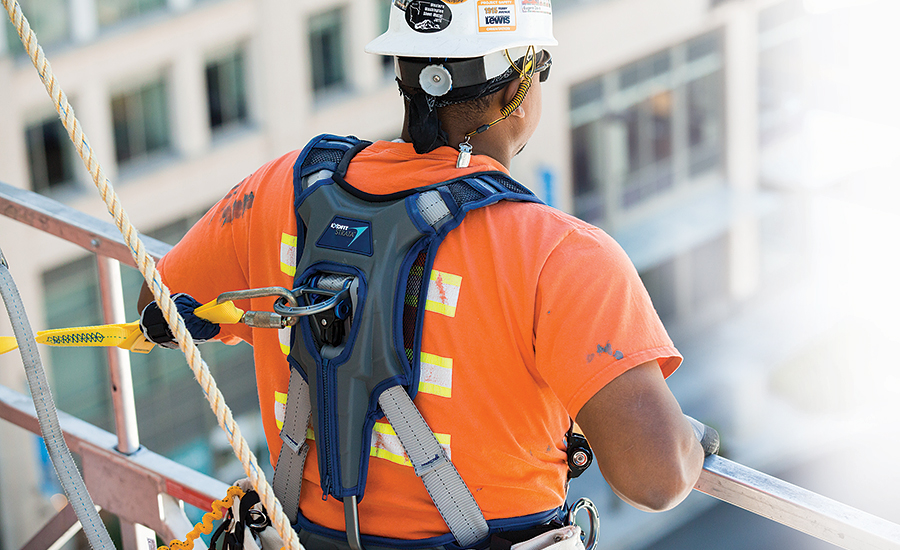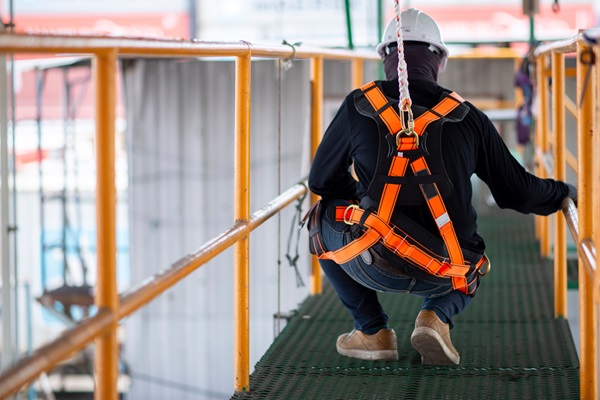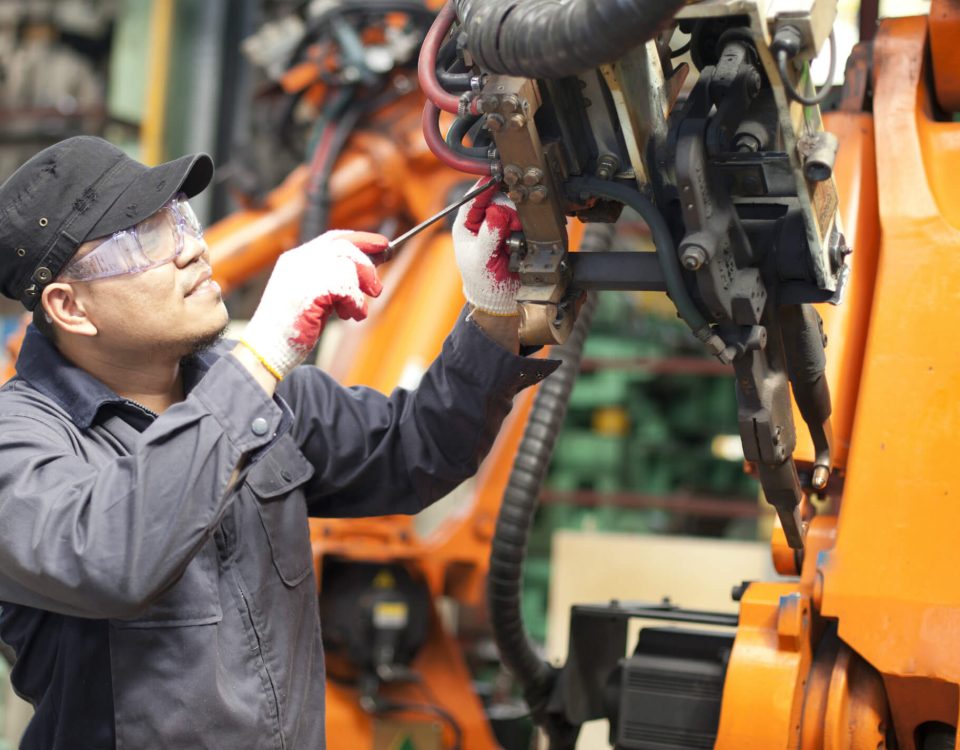
Revolutionizing Workplace Safety Through Technology
July 18, 2022
Mastering Confined Space Safety: Essential Strategies for Industrial Leaders
July 18, 2022
Revolutionizing Workplace Safety Through Technology
July 18, 2022
Mastering Confined Space Safety: Essential Strategies for Industrial Leaders
July 18, 2022Operating in elevated workspaces demands unwavering attention to safety, as even minor missteps at height can lead to catastrophic consequences. From climbing ladders to working on tall structures, each task brings inherent risks that require a proactive approach to prevention. This guide explores the pillars of height safety, including comprehensive fall protection measures, the selection of appropriate equipment, and the importance of ongoing training. Learn how meticulous planning and preventive strategies ensure every ascent is as safe as the descent.
1. Identifying Risks and Complying with Regulations
Understanding the dangers of working at height is the first step toward preventing accidents. Falls from ladders, rooftops, or unprotected edges remain one of the leading causes of workplace injuries. To mitigate these risks, businesses must familiarize themselves with regulations like OSHA's requirement for fall protection at elevations of 4 feet or more. Additionally, choosing task-specific safety equipment ensures compliance and improves worker protection.

2. Developing Effective Fall Protection Plans
A comprehensive fall protection plan is vital for safeguarding workers. Passive measures, such as guardrails, provide reliable protection with minimal user intervention, making them an excellent first line of defense. For dynamic tasks, selecting appropriate Personal Protective Equipment (PPE)—like harnesses, lanyards, or self-retracting lifelines—is crucial. Each piece of equipment should match the specific conditions of the work environment to maximize effectiveness.
3. Understanding Fall Distance Dynamics
Fall protection isn’t just about wearing the right gear; it’s about understanding how it operates. Fall distance dynamics include factors like lanyard length, the worker’s height, and potential system sag. Neglecting these variables can compromise the entire safety system. Proper training ensures workers not only use their equipment but also understand its limitations and performance in various scenarios.
4. Selecting and Testing Anchor Points
Anchor points are the foundation of any fall arrest system. Each anchor must withstand at least 5,000 lbs of force per attached worker, as specified by regulatory standards. Verifying anchor points through proper documentation or expert consultation ensures they provide reliable support. This step is non-negotiable for creating a trustworthy fall protection system.
5. Choosing the Right Access Method
Selecting between ladders, scaffolds, and lifts should prioritize safety over convenience. Each option has specific use cases and safety protocols. Assess the task requirements and the working environment to choose the safest and most effective method for reaching heights. Proper planning minimizes risks and boosts efficiency.
Elevating Safety with Knowledge and Action
Working safely at heights is a blend of knowledge, preparation, and commitment. By investing in proper training, selecting the right equipment, and adhering to best practices, you can create a safer work environment for your team. Remember, safety isn’t just a set of rules—it’s a responsibility to yourself and those around you.
For tailored support in industrial safety products, workplace signage, and expert advice, turn to EZSecur. Visit www.ezsecur.com to explore our range of solutions and elevate your safety standards today.




